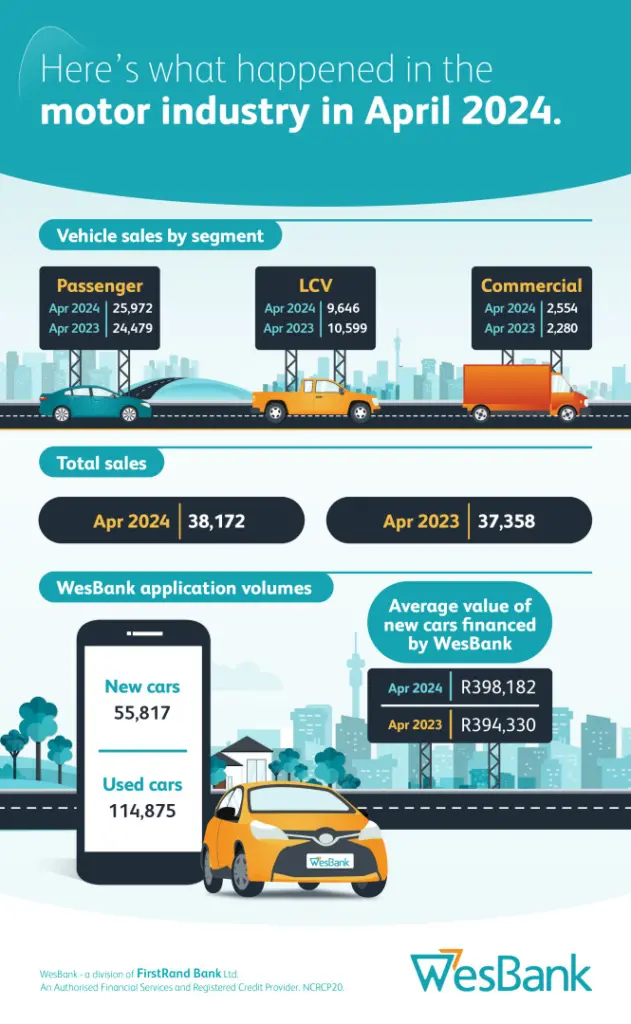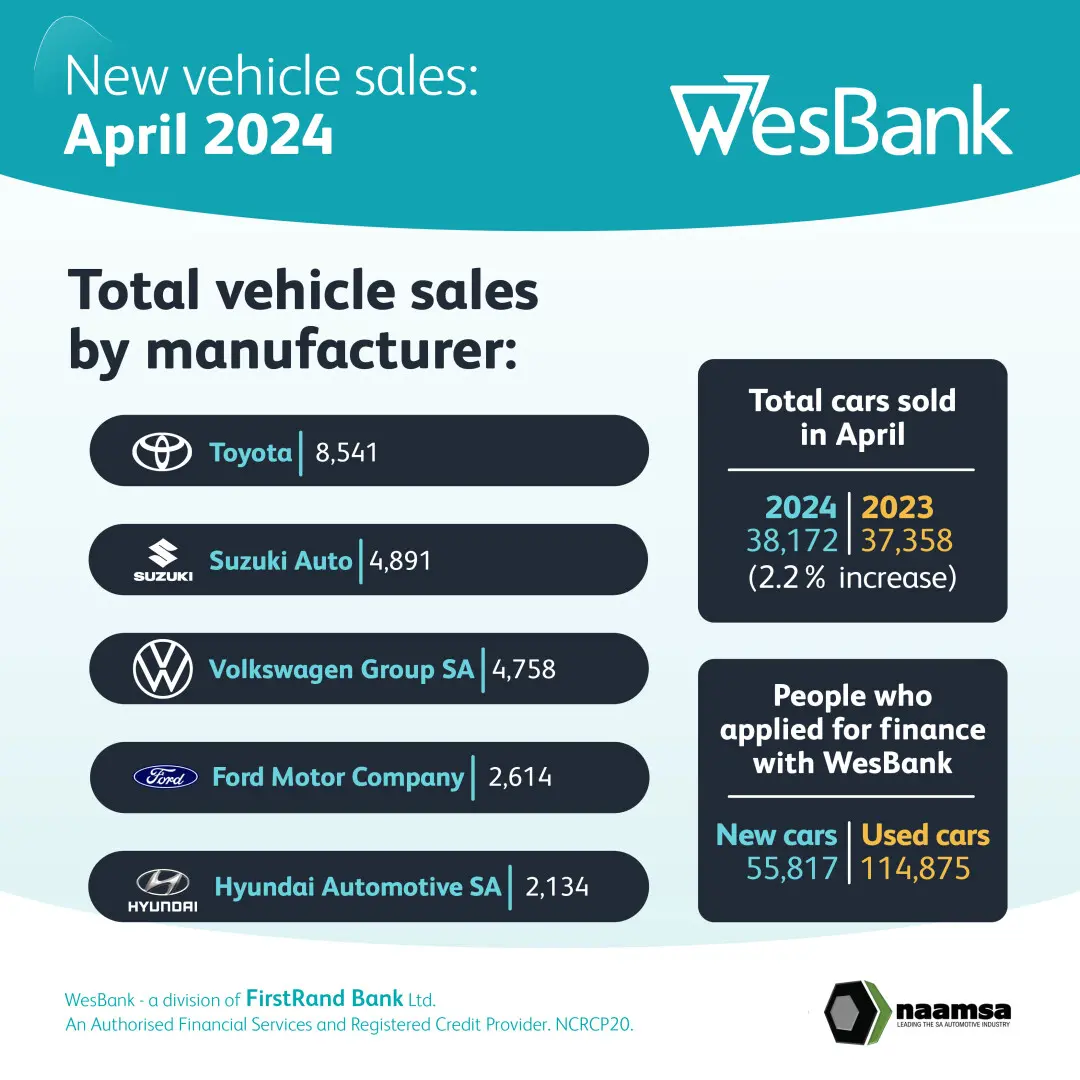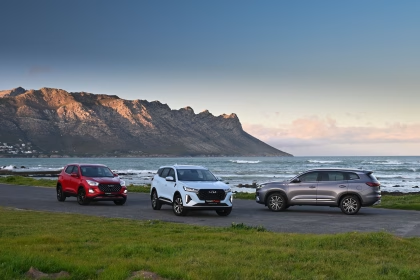New vehicle sales showed a blip of positivity during April, increasing 2,2% year-on-year to 38,172 units. But the market will be wary of it being false hope against the pending elections, high interest rate environment, and the seemingly relentless eight-month run of negative growth until now.
Considered within more context, April sales were a significant 5,836 units down on March, a month that was 12,2% down year-on-year. Apparently, not even a month free of load-shedding could influence the market sufficiently.
“Any comparisons year-on-year must also be considered within the number of selling days during April,” says Lebo Gaoaketse, Head of Marketing and Communication at WesBank. “March sales this year were heavily impacted by the public holidays being early in the calendar when the holidays fell within April 2023. It means April 2024 sales were earned in 21 selling days versus three days less during April 2023.”

This practically displays a market much more impacted than the small growth relief year-on-year. In addition, WesBank had considered new vehicle sales to be stimulated in the second half off the back of lower interest rates. But with recent warnings from the South African Reserve Bank that interest rates will remain higher for longer given the state of inflation, consumers continue to face barriers to debt and the ongoing challenges of affordability.
“High interest rates impact already indebted consumers on linked rate agreements to service debt, whilst also influencing the purchase decision on a big capital asset such as a vehicle given the wherewithal to afford the instalments,” says Gaoaketse. “We expect this will continue to limit the ability for banks to service applications and, therefore, continue to lengthen the replacement cycle.”
WesBank’s data continues to show that levels of demand remain high as measured by applications for finance. But also, that average deal durations are extending year-on-year with consumers financing their vehicles over a longer period. The number of deals financed with a balloon payment has decreased year-on-year, however. “This is due to the bank’s ability to finance the application on affordability within its responsible lending practices,” explains Gaoaketse.

Passenger car sales were up 6,6% to 25,972 units. But contrary to recent trends, Light Commercial Vehicles (LCVs) were down 9% to 9,646 units. The resilient performance of the LCV market against the passenger car segment means the sectors are down 2,7% and 5,1% respectively year-to-date.
“Elections at the end of this month will undoubtedly impact May sales, providing an overall challenging picture for the first half,” says Gaoaketse. “However, we continue to expect raised levels of activity during the second half despite the headwinds facing consumers and business alike.”














